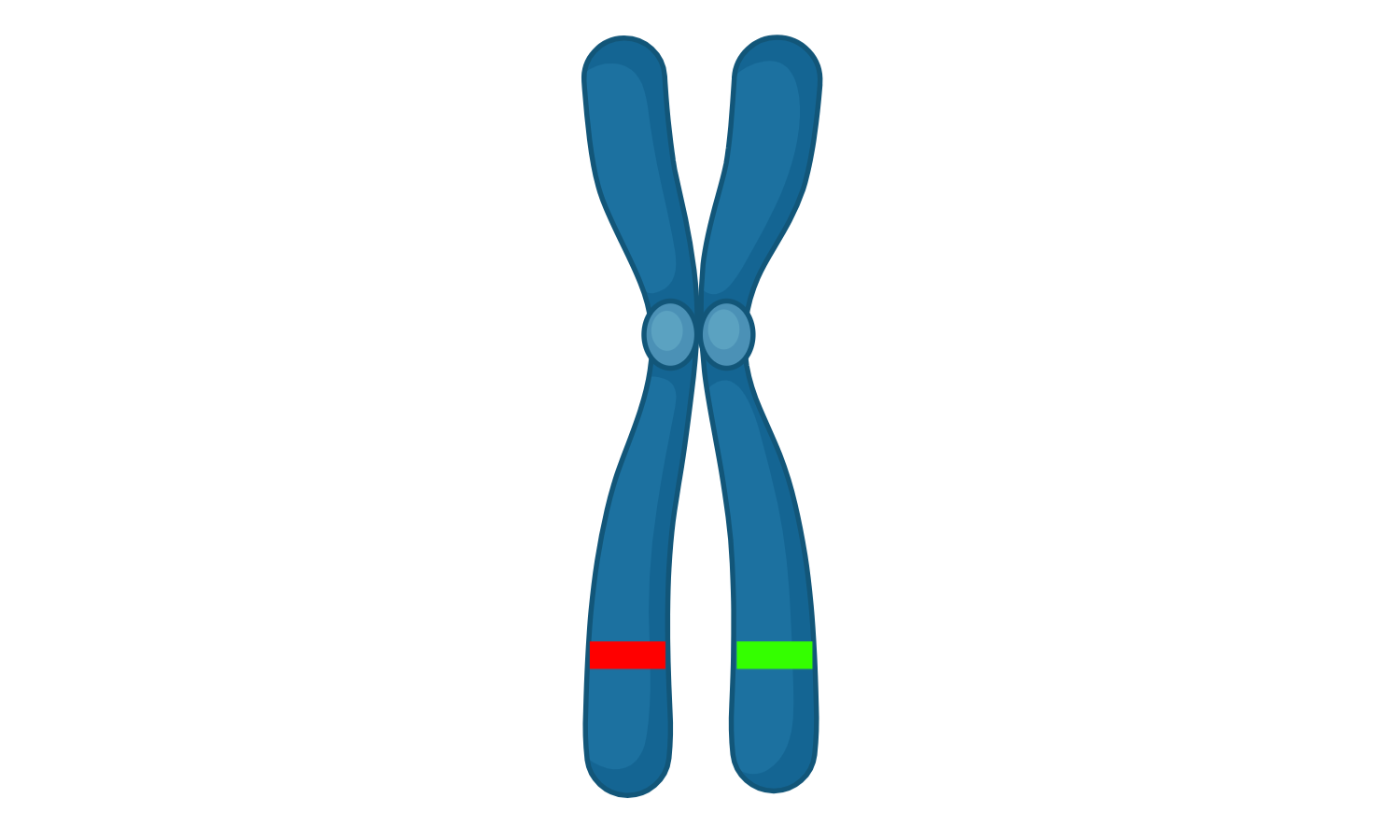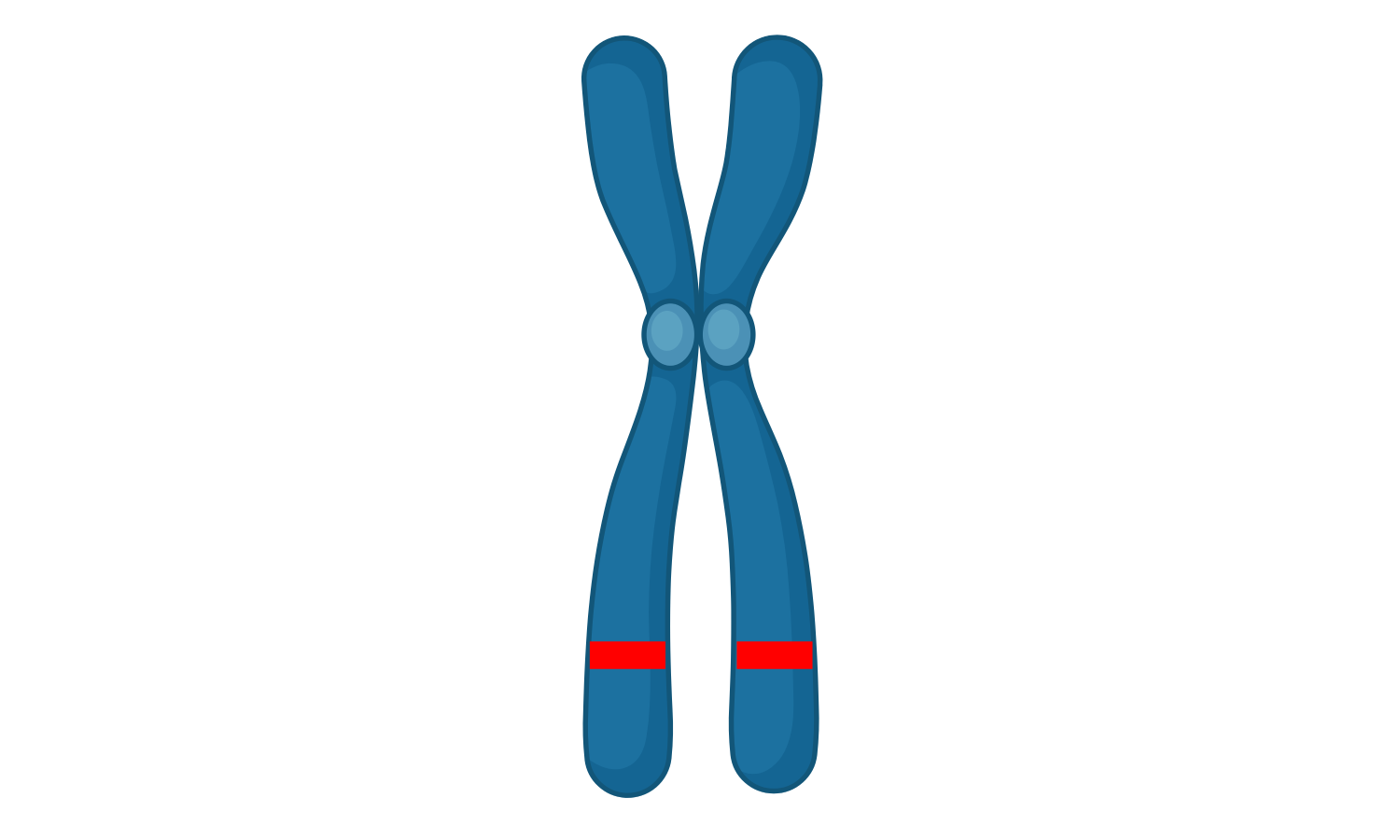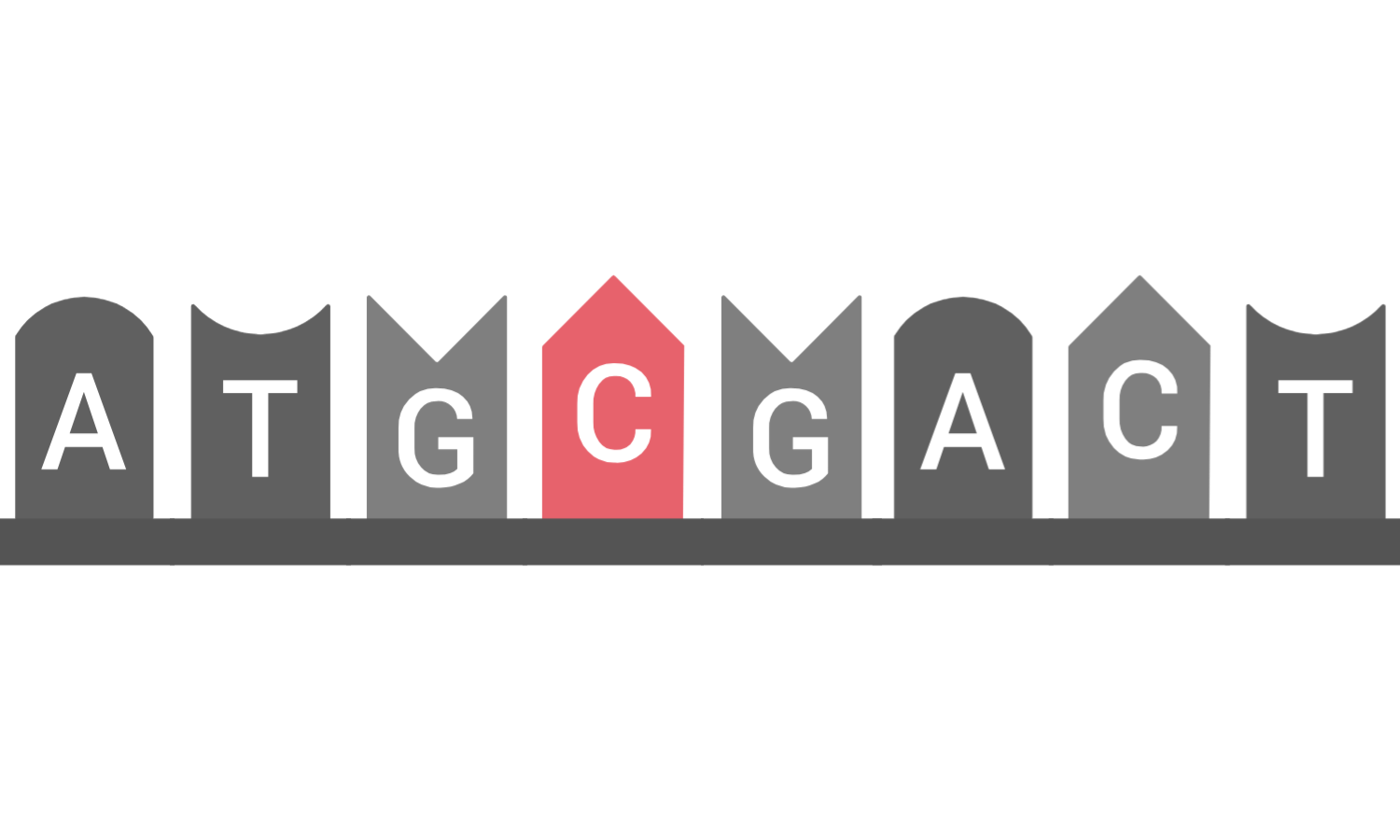The Genetics of Bestrophinopathies
Bestrophinopathies are inherited forms of macular degeneration that affect central vision. Bestrophinopathies are caused by problems within our genes, more specifically, by mutations within in a gene known as Bestrophin1 (BEST1). Recent research has found that mutations in the BEST1 gene are the 5th most common cause of inherited retinal disease, accounting for 4% of molecularly diagnosed cases.
Bestrophinopathies can be inherited in various ways, the disease could be dominant or recessive. There are also cases where Bestrophinopathies haven’t previously run in the family, these can be caused by de novo (new) mutations. Sequencing of the BEST1 gene in the patient’s family can help to identify the specific gene mutation, confirm the disease and reveal the how the gene has been inherited.
Click on the images below to learn about the basics of genetics and the different modes of inheritance.
References:
Pontikos N, Arno G, Jurkute N, Schiff E, Ba-Abbad R, Malka S et al. Genetic Basis of Inherited Retinal Disease in a Molecularly Characterized Cohort of More Than 3000 Families from the United Kingdom. Ophthalmology. 2020;.
 Close
Close





